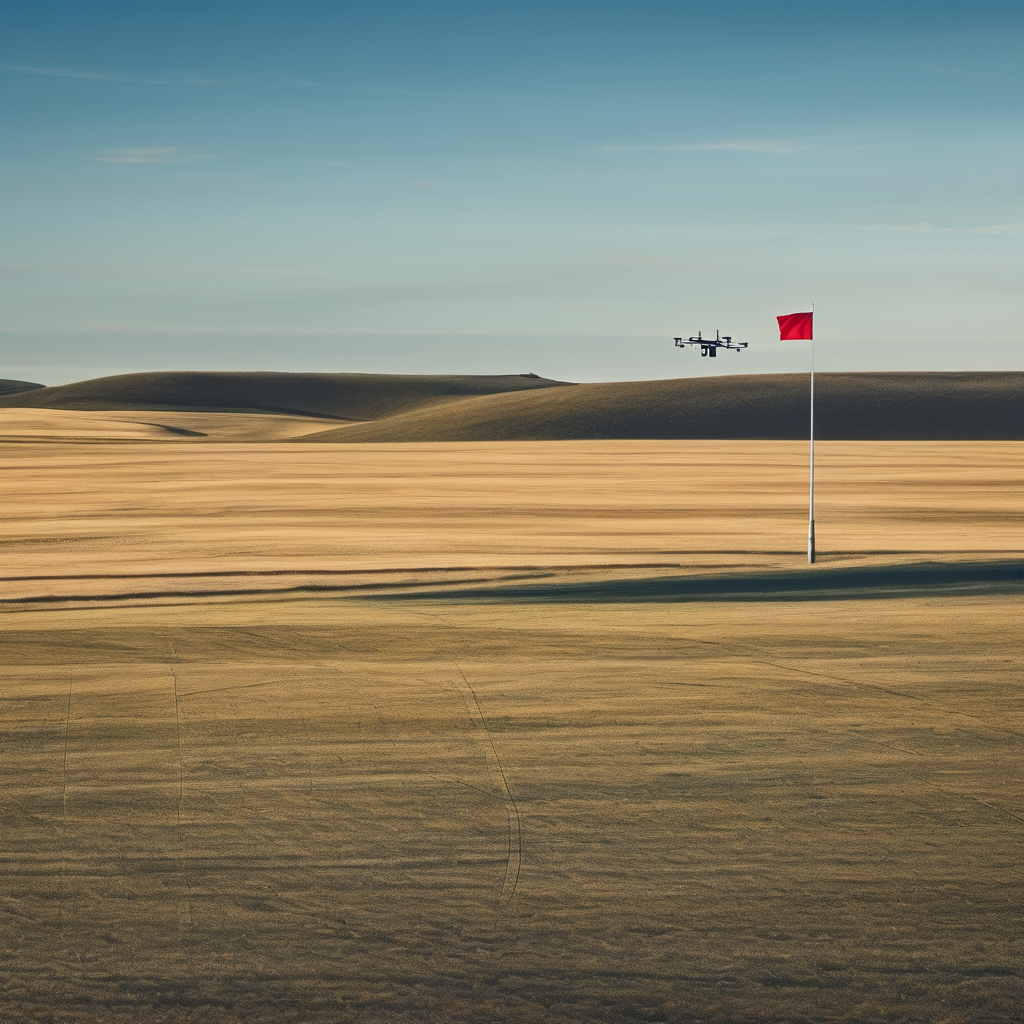Denmark is currently grappling with a series of concerning drone sightings over key military installations, including the largest airbase in the country, Karup. This recent spate of incidents has not only disrupted air travel but has also raised alarms about the nation’s susceptibility to potential aerial threats. The situation unfolded when drones were seen hovering above Karup airbase, prompting a temporary closure of the area to commercial air traffic, although fortunately, no scheduled flights were affected at that time. The sightings have extended beyond Denmark, with similar reports coming in from Germany, Norway, and Lithuania.
The mystery surrounding the origins and intentions behind these drones is deepening, as Danish authorities described Thursday’s incursions as a “hybrid attack.” Despite the severity of the situation, they have refrained from accusing any specific parties, including Russia, of involvement. Policemen and military officials are actively collaborating to get to the bottom of this, although no drones have been intercepted thus far.
Karup airbase plays a pivotal role in Denmark’s defense strategy, hosting a variety of military operations, including helicopter deployment and airspace monitoring. The facility is bustling with approximately 3,500 personnel. These drone sightings come on the heels of previous disruptions earlier in the week that saw other Danish airports, including Aalborg, Billund, and Copenhagen, temporarily closing their airspace due to drone activities.
Germany’s response has been swift, with Interior Minister Alexander Dobrindt noting the seriousness of the drone threat. The German government is seeking to address this issue on a broader European platform in the coming month. Similarly, Norway and Lithuania are conducting their investigations following reports of drones near their own military installations.
The increasing frequency of these unidentified drone activities has sparked security concerns across Northern Europe, encouraging discussions about better safeguarding against such aerial intrusions. As the situation develops, nations are reminded of the delicate balance required to maintain sovereignty and security in the face of modern technological threats.
